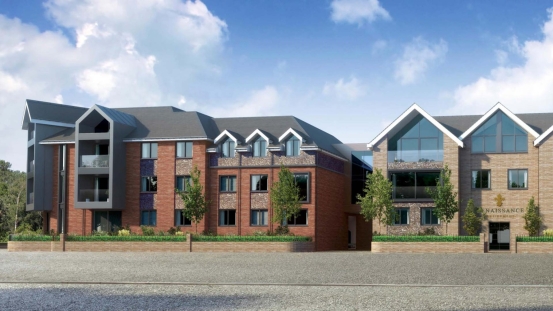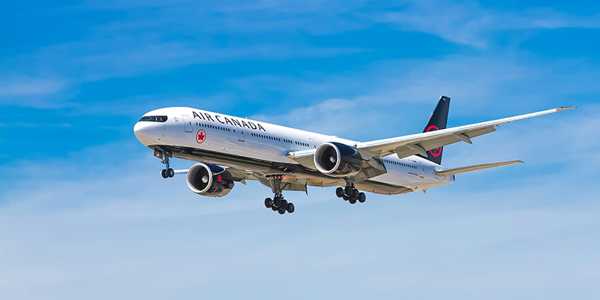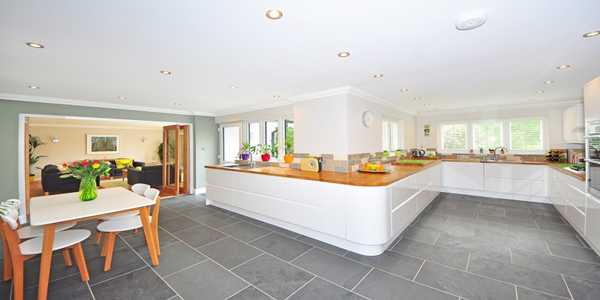Tips and Tricks to Get A Discount in Disney
The Best Travel Pillows 2024 – Pick the Right Buddy for Your Neck!
7 Best Vegetables to Overwinter in Your Garden
Top 5 Plants You Should Never Lack For Your Mental Wellness
7 Best Mental Health Activities For Kids
Conscious Vs Subconscious Mind: What's The Difference?
Reimagining Retirement: Embracing the Modern Senior Apartment
Retirement living is undergoing a transformation. Modern senior apartments present a dynamic alternative to traditional communities, prioritizing comfort, convenience, and meaningful social interactions. Tailored for active seniors, these residences offer amenities and services that support independence and community engagement. With open layouts and accessible design, today’s senior apartments mark a fresh chapter that celebrates self-reliance and fulfilling experiences.
Retirement living is undergoing a transformation. Modern senior apartments present a dynamic alternative to traditional communities, prioritizing comfort, convenience, and meaningful social interactions. Tailored for active seniors, these residences offer amenities and services that support independence and community engagement. With open layouts and accessible design, today’s senior apartments mark a fresh chapter that celebrates self-reliance and fulfilling experiences.

Design and Features of Contemporary Senior Living Spaces
Today’s senior living environments are thoughtfully crafted to enhance independence, ensure safety, and promote social interaction for older adults. Comfort and accessibility are central themes in their design.
1. Universal Design Principles
A cornerstone of modern senior apartments is universal design—spaces made to be functional for people of all ages and physical abilities. This includes wider hallways and doorways for mobility aids, easy-to-use lever door handles, and barrier-free showers. The goal is to ensure functionality while maintaining an inviting, aesthetically pleasing atmosphere.
2. Enhancements for Safety and Security
Ensuring residents’ safety is essential in senior apartment layouts. Many units are equipped with emergency call systems for immediate help during medical incidents. Bathrooms feature grab bars to prevent slips, and flooring is non-slip throughout. Around-the-clock security and controlled access to the property provide residents with added peace of mind.
3. Integration of Technology
Technology is increasingly enhancing daily life in senior living. Voice-activated lighting, climate control, and smart home systems simplify daily routines. Telehealth options make it easier to consult doctors without leaving home. High-speed internet and accessible computers also help seniors stay connected with friends, family, and community events.
4. Social and Community-Oriented Spaces
Modern senior communities extend far beyond individual apartments. Shared areas like dining halls, libraries, fitness rooms, and landscaped gardens are designed to encourage interaction and engagement. These spaces often feature ample natural light, ergonomic seating, and accessible layouts, supporting active and connected lifestyles.
Importance of Location in Choosing a Senior Apartment
Selecting the right location for a senior apartment plays a vital role in maintaining independence, fostering relationships, and accessing essential services.
1. Close Proximity to Healthcare Services
Being near hospitals, clinics, and pharmacies offers invaluable reassurance. Easy access to healthcare professionals ensures prompt care for emergencies and routine check-ups. This convenience is crucial for managing ongoing medical needs and reducing healthcare-related stress.
2. Access to Nearby Amenities and Services
A well-located senior apartment should be within easy reach of everyday conveniences like grocery stores, banks, and restaurants. Proximity to public transport, senior centers, and recreational spots further supports autonomy and quality of life, encouraging seniors to remain active and self-sufficient.
3. Neighborhood Safety and Building Security
Safety is a key consideration when choosing a senior apartment. Prospective residents should examine crime rates in the area and look for features like secure entrances, surveillance systems, and well-lit walkways. Visiting at different times of day and researching local data can help assess the environment accurately.
4. Opportunities for Social Interaction
Social engagement greatly affects emotional health. Apartments located near parks, cultural venues, and community centers can enrich daily life with accessible activities and events. Staying close to loved ones also contributes to emotional well-being and reduces the risk of isolation.
Technological Advancements Enhancing Senior Living
Innovative technologies are transforming the senior living experience by boosting independence, improving health, and encouraging social connection.
| Technology | Description | Benefits |
| Smart Home Systems | Controls for lights, appliances, climate, and security. | Greater convenience, enhanced safety, and better energy efficiency. |
| Wearable Health Trackers | Monitors vitals, movement, and sleep. | Supports early diagnosis, custom care, and better health management. |
| Telehealth Services | Video consultations with medical professionals. | Reduces travel, saves time, and increases access to healthcare. |
| Social Engagement Platforms | Online communities and activity hubs for residents. | Promotes connection, lowers loneliness, and improves emotional health. |
1. Smart Home Technology
Senior apartments are embracing automation through smart devices. Features such as smart locks, thermostats, and lights improve day-to-day ease and energy savings. Voice assistants offer assistance with scheduling, entertainment, and emergency calls. When connected to emergency response systems, these technologies enhance safety and comfort, supporting independent living.
2. Telehealth and Remote Monitoring
Access to healthcare is more seamless thanks to telehealth. Remote monitoring tools track important health metrics and send updates to care providers, enabling early interventions. Virtual doctor visits reduce transportation challenges and waiting times, allowing seniors to manage chronic conditions effectively and maintain consistent care routines.
3. Platforms for Social Connection
To reduce isolation, many communities now offer digital platforms that promote interaction. These may include online bulletin boards, virtual events, and messaging tools. Residents can participate in group activities, stay informed, and connect with peers. Such platforms help strengthen community bonds and improve overall emotional wellness.
4. Fall Detection and Emergency Alert Systems
Because falls pose serious health risks for seniors, many apartments include technology that detects accidents in real time. Wearable sensors and motion detectors can instantly alert caregivers or emergency responders. Some systems include manual emergency buttons for added assurance, allowing for prompt medical attention and increased resident confidence.
Q&A
Q1: How has technology evolved in senior apartment living?
A: Technology’s role has grown substantially—from minimal presence in early designs to now being deeply integrated. Wi-Fi and telehealth became standard by 2020, and today, smart systems and remote monitoring are common, greatly enhancing safety, autonomy, and healthcare accessibility.
Q2: What are the key location factors to consider when choosing a senior apartment?
A: Seniors should consider access to healthcare, nearby daily services, and a secure environment. Equally important are opportunities for community involvement and staying close to loved ones, which support emotional health and social engagement.
References:
https://www.seniorliving.org/apartments/
https://www.theseniorlist.com/assisted-living/best/
https://astralatauburn.com/news/2025-us-news-world-report-best-senior-living-awards/












